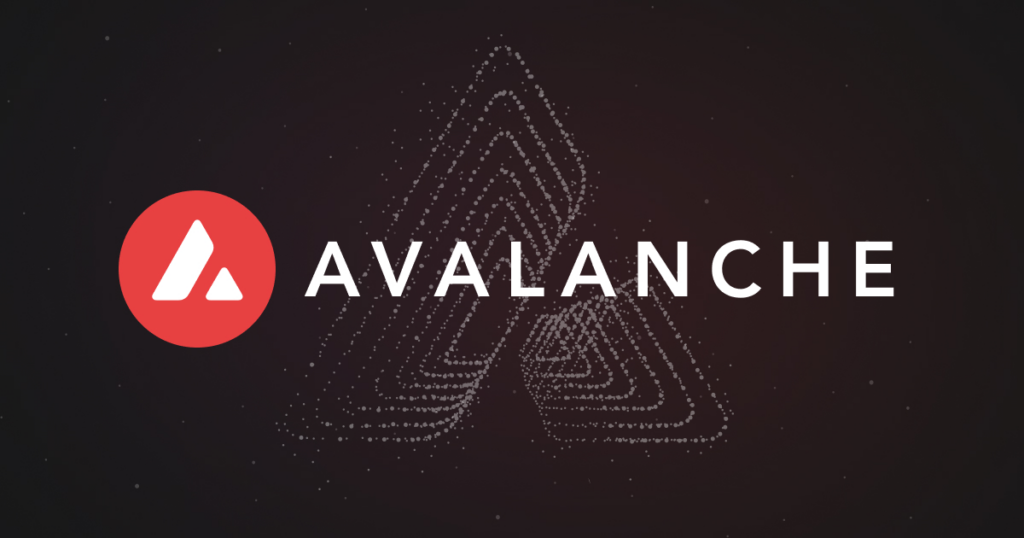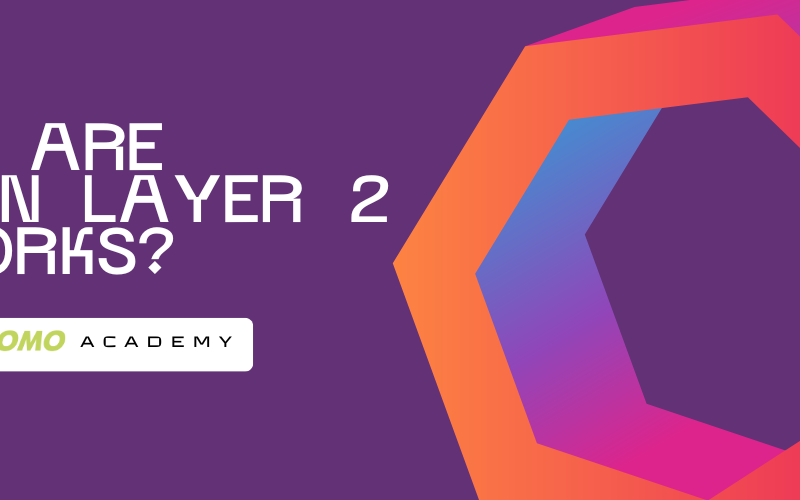Introduction
The composition of a blockchain ecosystem encompasses various elements, which can be structured akin to the layers of Internet protocols for better categorization.
When dissecting a blockchain ecosystem, it can be segmented into the following layers:
- Layer 0: Constituting the foundational infrastructure that supports the construction of multiple Layer 1 blockchains.
- Layer 1: Serving as the fundamental blockchains utilized by developers for constructing applications, including decentralized ones (DApps).
- Layer 2: Incorporating scaling solutions responsible for managing tasks off Layer 1 blockchains to alleviate their transactional burdens.
- Layer 3: Encompassing the application layer of blockchain, comprising activities such as gaming, wallet services, and other decentralized applications (DApps).


Nevertheless, it’s worth noting that not all blockchain ecosystems fit neatly into these classifications. Some may lack certain layers, while others might have different identifications depending on the context.
Layer 0 protocols play a crucial role in addressing challenges encountered by Layer 1 networks designed with a monolithic structure, exemplified by the Ethereum network. By establishing a more adaptable foundational infrastructure and enabling developers to launch purpose-specific blockchains, Layer 0 aims to effectively tackle issues like scalability and interoperability.
What Issues Can Layer 0 Address?
Scalability
A monolithic blockchain like Ethereum frequently experiences congestion due to the concentration of essential functions within a single Layer 1 protocol, encompassing transaction execution, consensus, and data availability. This inherent setup leads to a scalability bottleneck that Layer 0 can mitigate by redistributing these pivotal functions across various blockchains.
This strategic arrangement guarantees that blockchain networks operating on the shared Layer 0 infrastructure can tailor specific tasks, thereby augmenting scalability. For instance, one can finely tune execution chains to manage significantly higher transaction throughput.
Interoperability
Interoperability, which denotes the capacity of blockchain networks to effectively communicate with each other, plays a pivotal role in fostering a highly interconnected ecosystem of blockchain-powered products and services. This crucial attribute not only facilitates seamless interactions but also contributes to an enriched user experience.
Blockchain networks operating on identical Layer 0 protocols possess inherent compatibility, obviating the necessity for specialized bridges. Leveraging various versions of cross-chain transfer protocols within Layer 0, these networks can seamlessly integrate, thereby leveraging each other’s functionalities and application scenarios. Consequently, this synergy often results in heightened transaction speeds and increased operational efficiency.
Developer Flexibility
To foster developer engagement, Layer 0 protocols frequently offer user-friendly software development kits (SDKs) and a smooth interface, ensuring developers can effortlessly initiate their purpose-specific blockchains.
By granting developers significant flexibility, Layer 0 protocols empower them to personalize their blockchains, enabling them to specify their token issuance models and oversee the types of DApps they wish to see developed on their blockchains.
How Does a Layer 0 Protocol Work?
Various methodologies exist for the operation of Layer 0 protocols, each showcasing unique designs, features, and areas of emphasis.
Typically, Layer 0 protocols fulfill the crucial role of serving as the foundational blockchain layer, safeguarding transaction data across diverse Layer 1 chains. Alongside the aggregation of Layer 1 chains atop Layer 0 protocols, there exist cross-chain transfer protocols facilitating the seamless movement of tokens and data among disparate blockchains.
The configurations and interconnections of these three elements can vary significantly between different Layer 0 protocols. Below, we will explore a few illustrative instances:
Avalanche
Launched in 2020 by Ava Labs with a primary focus on DeFi protocols, Avalanche employs a tri-blockchain infrastructure that incorporates three fundamental chains: the Contract Chain (C-chain), the Exchange Chain (X-chain), and the Platform Chain (P-chain).


Tailored to fulfill specific roles within the ecosystem, these three chains optimize security measures while striving for minimal latency and maximum throughput. The Exchange Chain (X-chain) facilitates asset creation and trading, the Contract Chain (C-chain) handles smart contract creation, and the Platform Chain (P-chain) orchestrates validators and subnets. Avalanche’s adaptable framework additionally enables swift and cost-effective cross-chain swaps.
Polkadot
Gavin Wood, co-founder of Ethereum, conceived Polkadot to empower developers to construct their blockchains. This innovative protocol employs a core chain, dubbed the Polkadot Relay Chain, while each autonomous blockchain established within the Polkadot ecosystem is referred to as a parallel chain or parachain.


The crucial role of the Relay Chain is to serve as a conduit between parachains, facilitating streamlined data exchange. Leveraging sharding, a technique for dividing blockchains or databases, enhances transaction processing efficiency.
Polkadot adopts proof-of-stake (PoS) validation mechanisms to uphold network security and establish consensus. Projects seeking to leverage Polkadot engage in auctions to compete for available slots. Notably, the inaugural parachain project was greenlit through an auction held in December 2021.
Conclusion
Depending on their specific design approaches, Layer 0 blockchains hold the potential to tackle various challenges within the industry, including interoperability and scalability. Nevertheless, the extent of their impact remains uncertain, given the plethora of competing solutions vying for similar objectives.
The significance of Layer 0 blockchains in addressing industry challenges hinges on their capacity to allure developers to construct on these protocols, coupled with the capability of the applications hosted on them to deliver tangible benefits to users.











